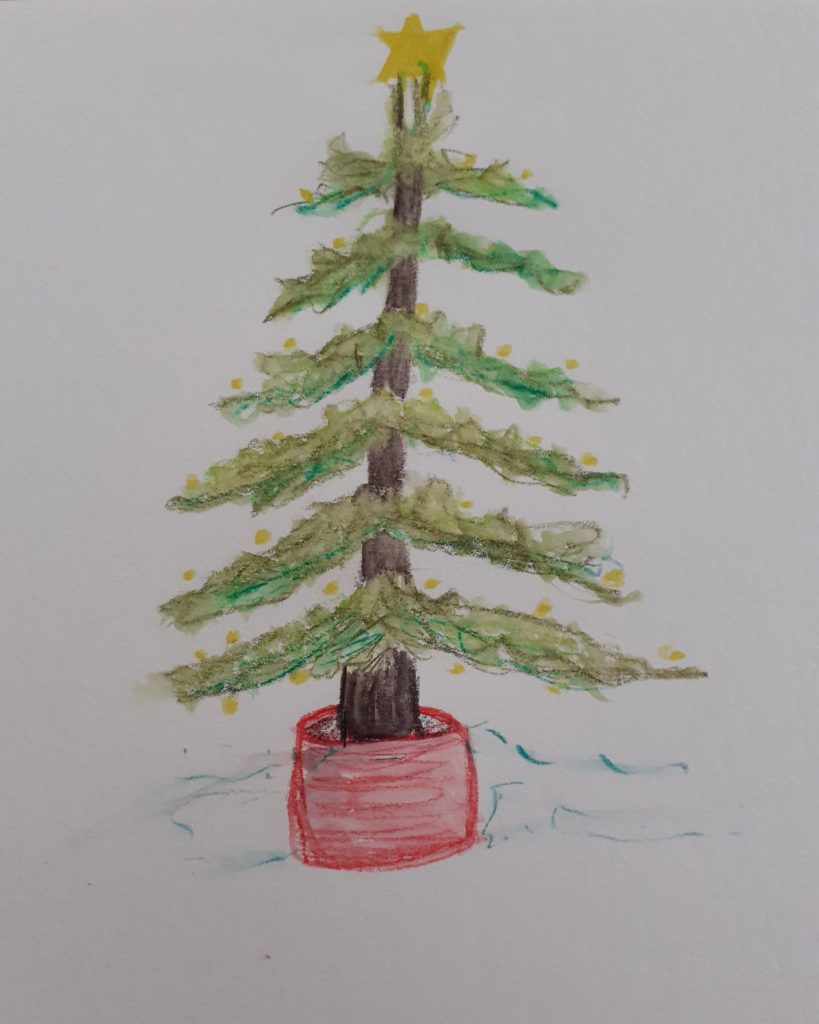Listen to this article:
When I was a teenager, with undiagnosed AuDHD and cPTSD, I desperately wanted to fit in, be accepted, be loved for who I was. I also wanted to express myself through what I wore and I had all kinds of ideas of the outfits I would put together to give space to this self-expression, but I didn’t let myself. I couldn’t. The need to fit in, not be ridiculed, and the desire to feel safe were stronger than the courage needed to stand out and be different.
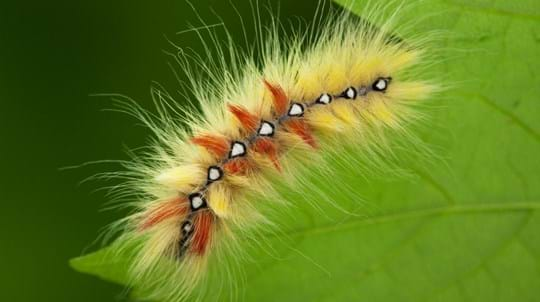
The need to fit in kept winning until the night of a fancy dress disco held at the only nightclub in the small town where I lived. My friends and I had been planning to go for a while and I had no idea what to go as, so I asked my mum to recreate a costume she made for me when I was 8 years old: a harem girl outfit with see through trousers that flowed from the hips, a bikini top and a yashmak to cover my face and hair.
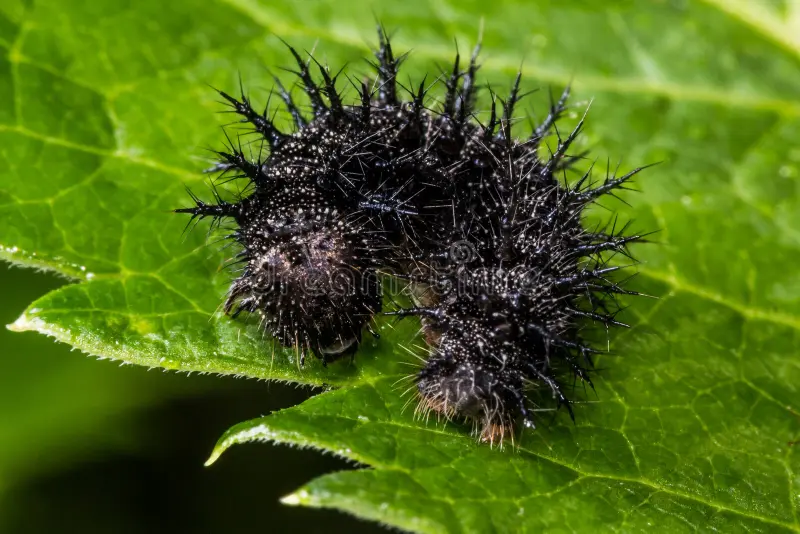
Looking back, it’s easy to see how problematic the harem costume was, not only as a 17 year old in the 1980s, but especially as an 8 year old in the 1970s. What the actual fuck?! I was a Brownie and our Brown Owl dressed up as a sheikh, and all of us girls were ‘his’ harem. Why on earth was this thought to be okay?!
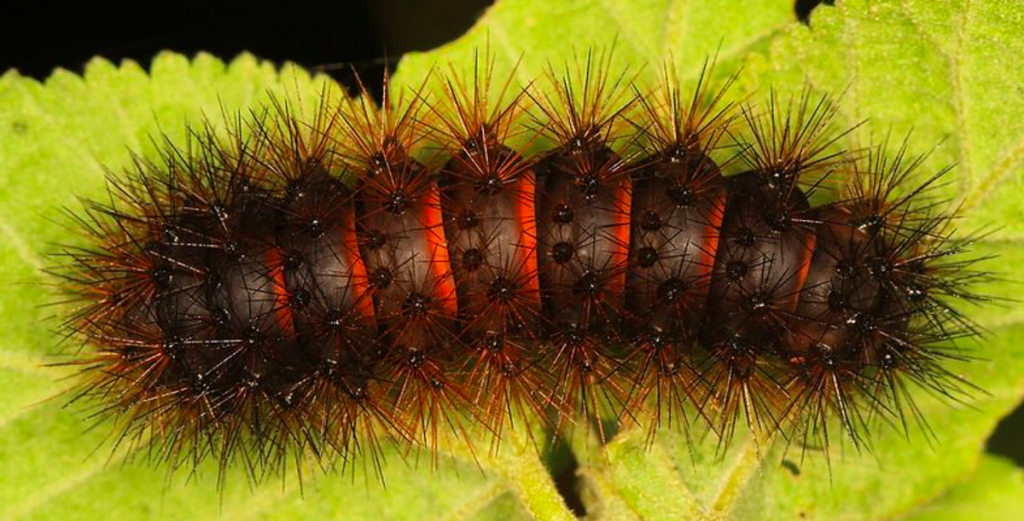
Moving on from the unconscious internalised sexism that seemingly made the sexualisation of 8 year old girls okay, on the night of the fancy dress ball, 17 year old me got ready and then freaked out at the sudden realisation that I would be nearly naked in front of a bunch of people I barely knew. I donned a long raincoat over my outfit, which I buttoned up to my neck, and headed to the club with my friends. Intrigued by my mac, several people asked whether I was going to take it off, which made me want to button it up even more.
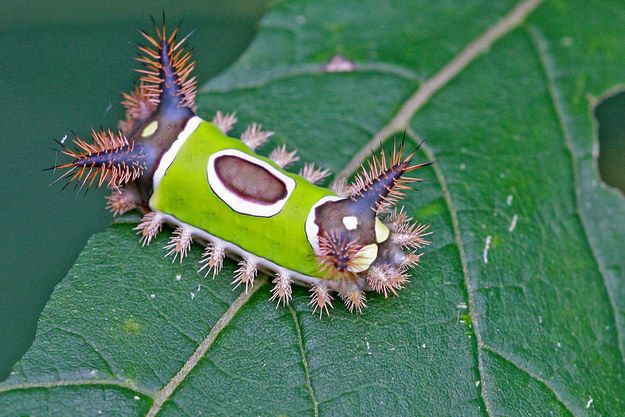
Eventually, as the club filled, the temperature rose and, after a few drinks, I undid the coat and draped it over a chair. My friends gasped and strangers came over to offer their praise for how I looked. So many people congratulated me that I could no longer fully believe I was an ugly duckling. The evidence was overwhelming that I was more than presentable. Again, it’s problematic because the outfit was adhering to sexist notions of the use of women’s bodies as sexual objects (to say nothing of cultural appropriation). However, it did wonders for my self-esteem, to a degree (it would take years of coaching, art, and therapy to get to a place of internal self acceptance and there are still parts of me that I am working on connecting with so that we can relate at a deep level).
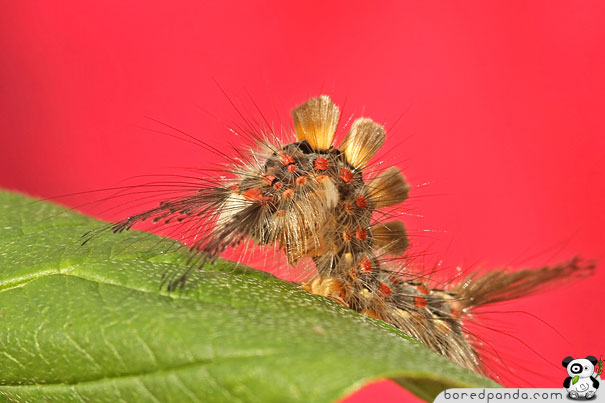
The outfit was so different to anything that anyone else was wearing and it was celebrated by everyone who spoke to me about it. The night was a turning point for me and I began to let my ‘weird’ out by putting outfits together that looked highly unusual compared to the white mini skirts, black tights and white stilettos that most girls wore to the only nightclub in town in the 1980s. I’d turn up in a black lycra mini dress with a small ruffle at the top and hem, a man’s waistcoat, black over-the-knee socks with ruffles at the top, and black DMs. To paraphrase Sesame Street: one of these kids was doing her own thing. My mum frequently told me I’d get beaten up looking like that but I needed to express myself no matter how ridiculous she thought I looked.
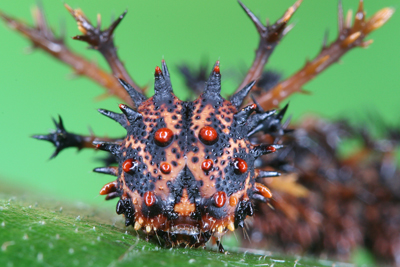
Imagine a world where weird is wonderful! I actually believe this is true and I’m frequently fascinated by other-than-human nature – the colours, shapes, movements and totally bizarre-looking ways of being to be found in environments that seem out of this world, but are very much in the world. In these places the beings just be their weird selves, as they are, responding to their environment as it responds to them.
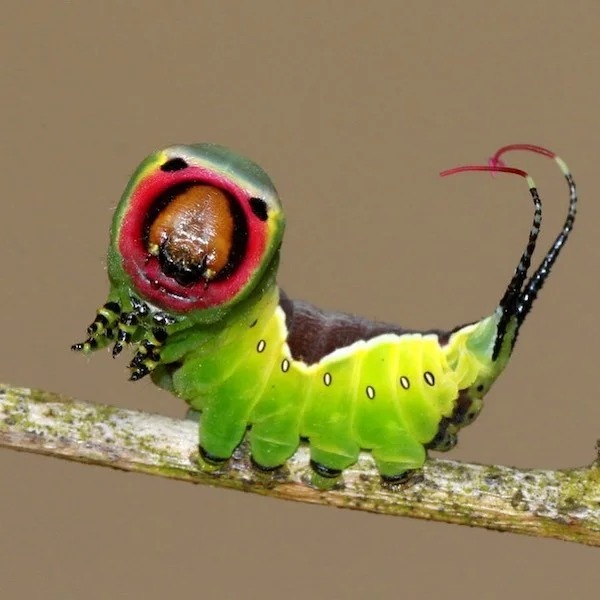
For a long time I wanted to be ‘normal’, to fit in and belong to society. I saw myself as different / odd and that it was the fault of the effects of childhood sexual, emotional and physical trauma I’d experienced. Later, when I’d done a lot of healing and realised I was still ‘odd’ (using societal norms as a benchmark), I thought it was being AuDHD that made me so. Then I spent time considering that actually it’s society that is broken and labels of “disabled” are necessary in such a system so that some people might get the help they need in order to live in this system (not every person gets the help they need though).
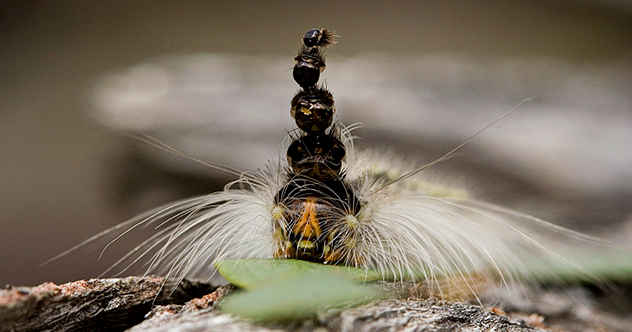
Lately, I’ve been seeing it differently. What if ‘normal’ is a coping mechanism designed to protect people from facing intergenerational trauma? Spending energy on fitting into the norms of society might be a good way of avoiding the painful truth that ‘normal’ doesn’t even exist. I’ve never met a person who is ‘normal’, have you?
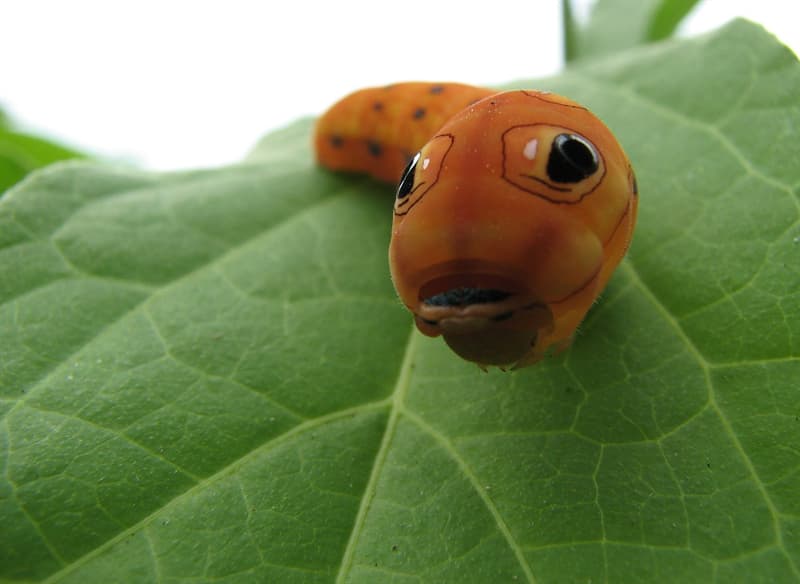
Every human I’ve come across is weird and wonderful if I’m in the mindset to receive them as such. Similarly, every human is annoying as fuck if I am in that kind of a mindset. We are society. All of us. We are part of it even when we feel othered by it. Our differences could be as celebrated as the similarities. It can be hard to go against the grain of ‘normal’, to stand out and be different, strange, weird even.
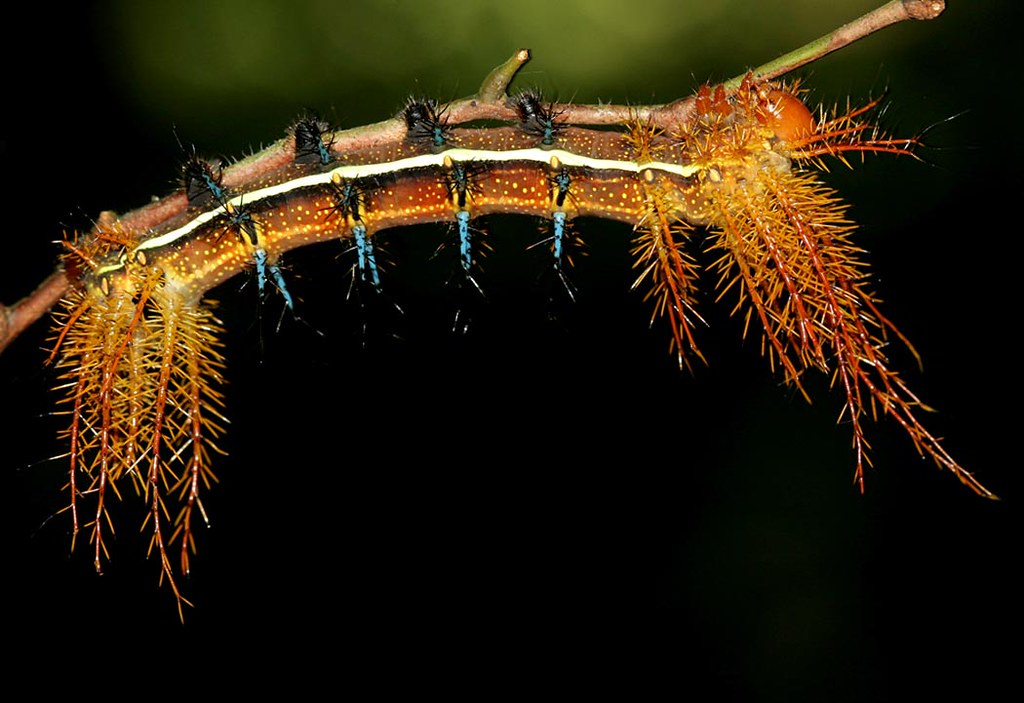
Some people don’t get the choice to hide difference – gender, skin colour, ability, for example, are often on show. Some aspects of difference can be seen in behaviours and for ND people, social norms around etiquette, for example, can be a source of pain through not being privy to them.

What I’ve noticed, as I’ve gotten older, grown in experience and through doing shit loads of inner work, is I now have many friends I can totally be myself with. I hardly ever spend loads of energy trying to fit into social circles that feel yucky. The times when I do mask to fit in socially are when I go to functions where I don’t know people. I’ve spent years unravelling who I am to get to this point and I’m grateful for the help I’ve received along the way. It’s ongoing and the work to re-member myself will probably be my life’s work. It’s hard sometimes, and exhausting, but often it’s fun and it’s always full of love.
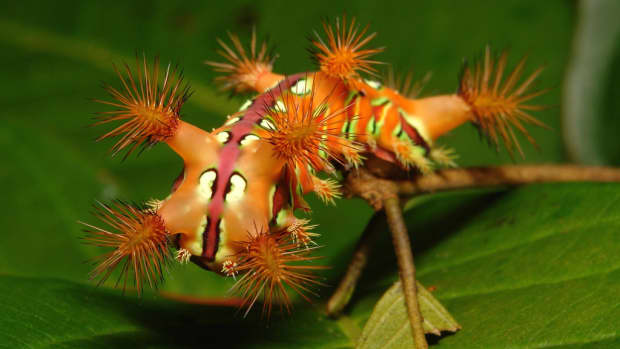
I’m writing this to celebrate difference. Without it, we are lost; with it, we thrive. Diversity is everything.
I’m Julia Fry. I’m a Creative Psychotherapist and Coach for Neurodivergent Folx. If you’d like to have a chat about working with me, feel free to reach out. I’m also an Artist, a Poet and a Writer.

